Data Governance From an Engineering Perspective

Data governance is a combination of physical systems, data models and business processes. Learn the core concepts by exploring available libraries and tools.
This article is the first in the wider series about Data Governance and Metadata. In them, I write about what I’ve learned on data platforms, how I think of it, and how I use that knowledge. I plan to release other posts in the future.
Why should you read it?
1. No marketing fluff
The majority of freely available content about the data governance is vendor specific. Understandably, Informatica, Collibra, Alation, and other vendors, seek to create more demand and praise their features.
As a result, IMHO, many metadata management and data governance aspects are exaggerated and made more complex that it should be.
2. Focus on practical aspects
Secondly, research and advisory companies, like Gartner or McKinsey, publish many data governance articles too.
The issue there - too high level and disconnect from the technology capabilities.
In these series, I want to focus primarily on explaining the concepts by using a specific library or a tool.
3. Don’t be boring
Topics like privacy, governance, or security are very formal and get boring fast. I hope you don’t mind a funny picture or meme.
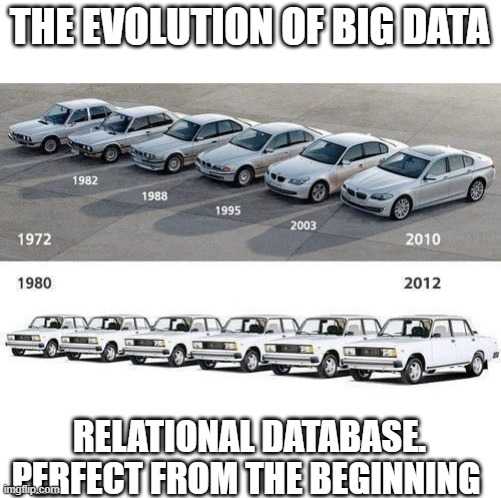
How to approach a wide topic like data governance?
I use the below Venn diagram as a starting point. I used Willem Koenders’ LinkedIn post as an inspiration.
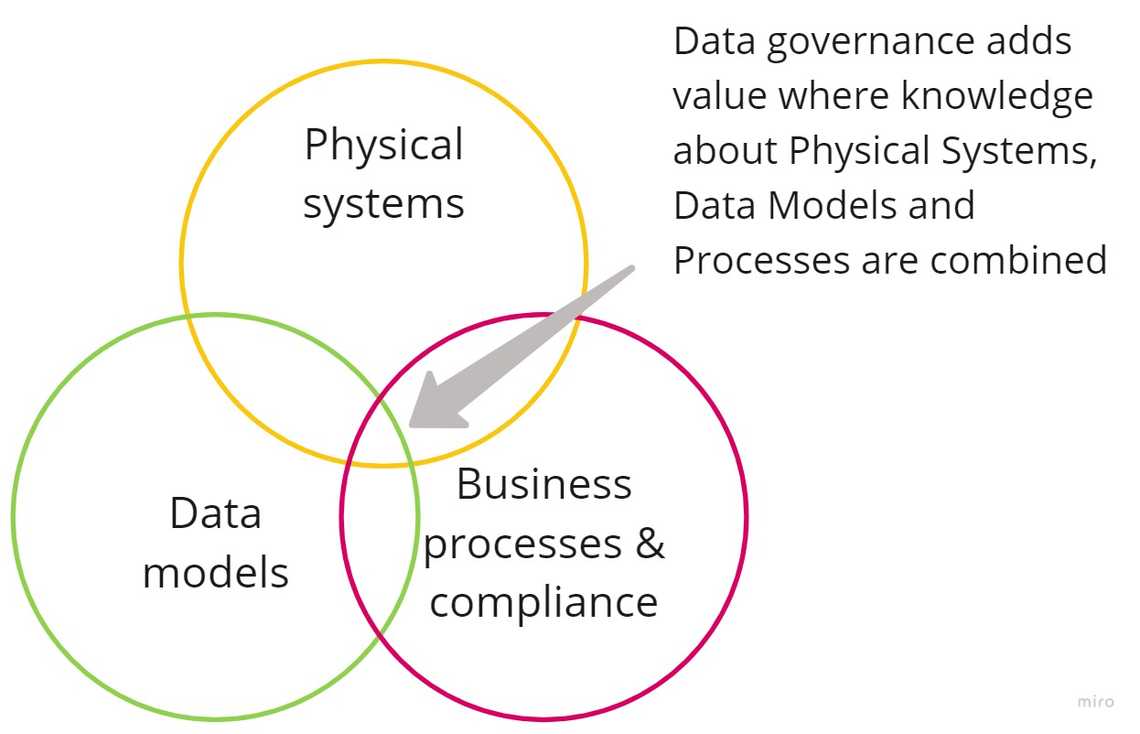
The physical systems cover data engineering and technical aspects.
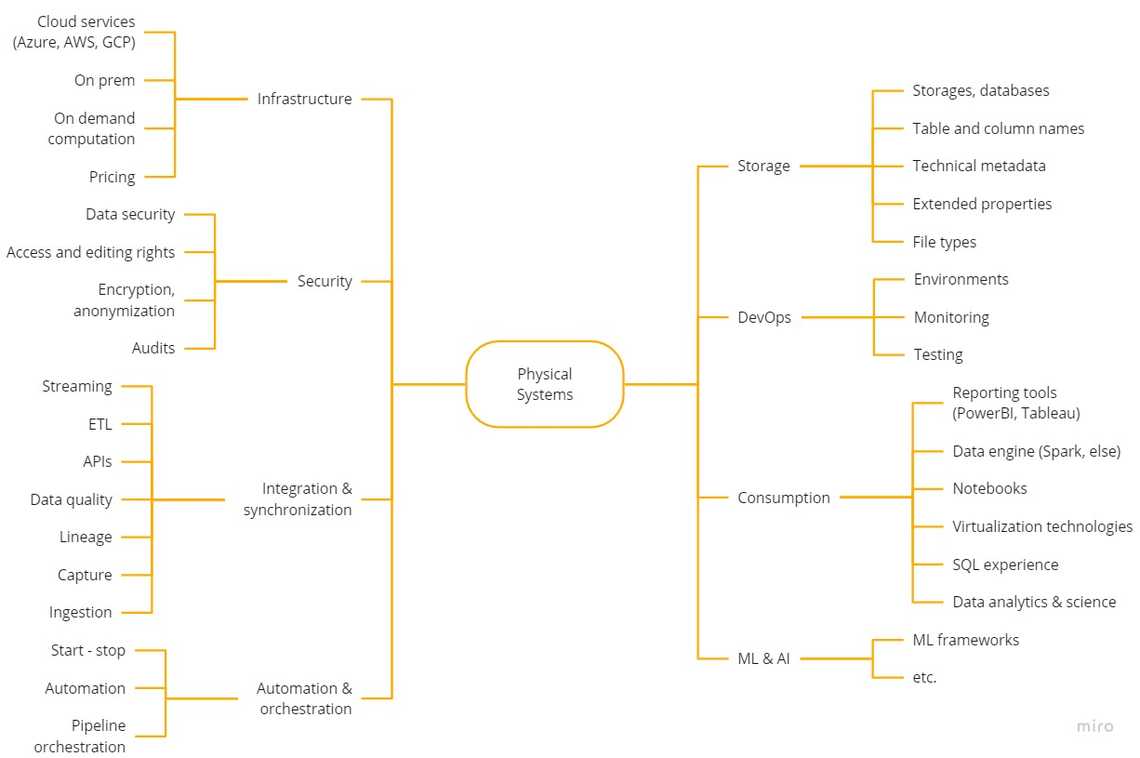
The data models describe conceptual and data modelling techniques to bring the most value to the business.
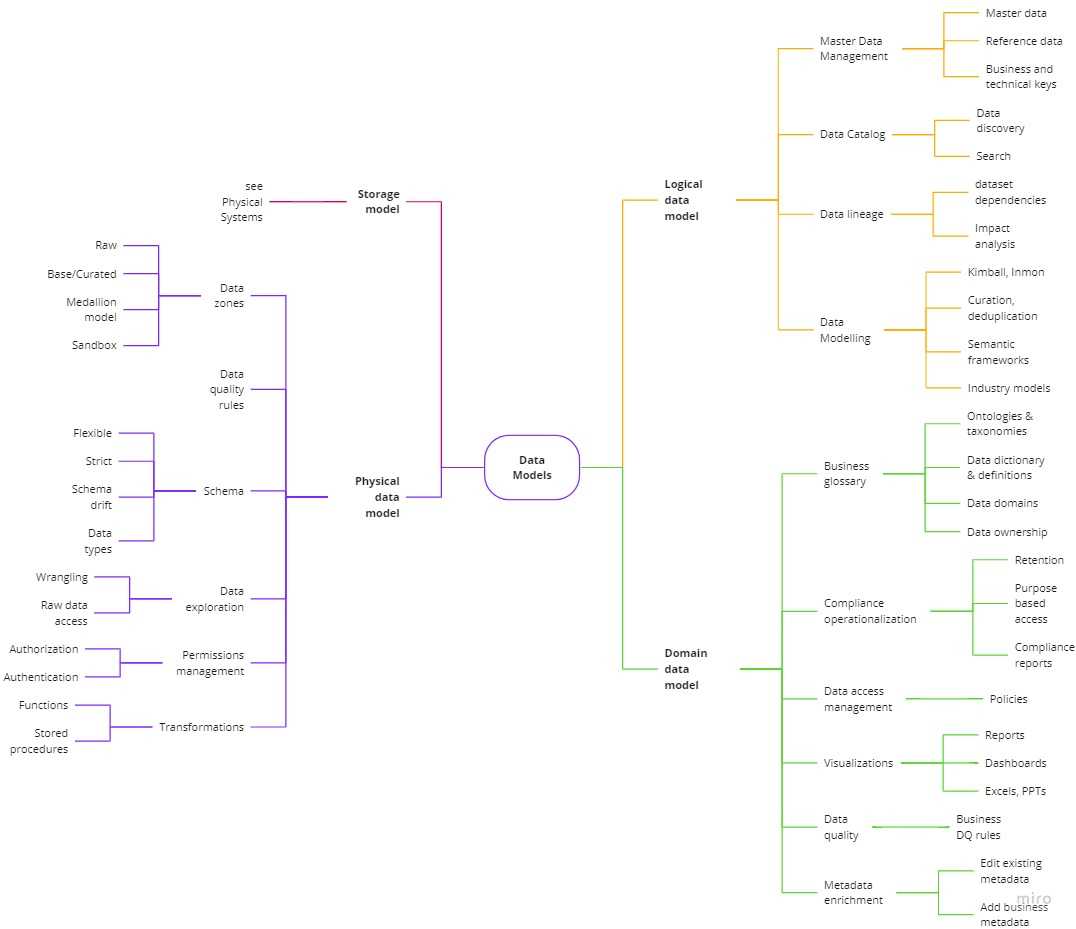
Last but not least, the business processes & compliance focus on an organization, its processes, privacy and industry regulations.
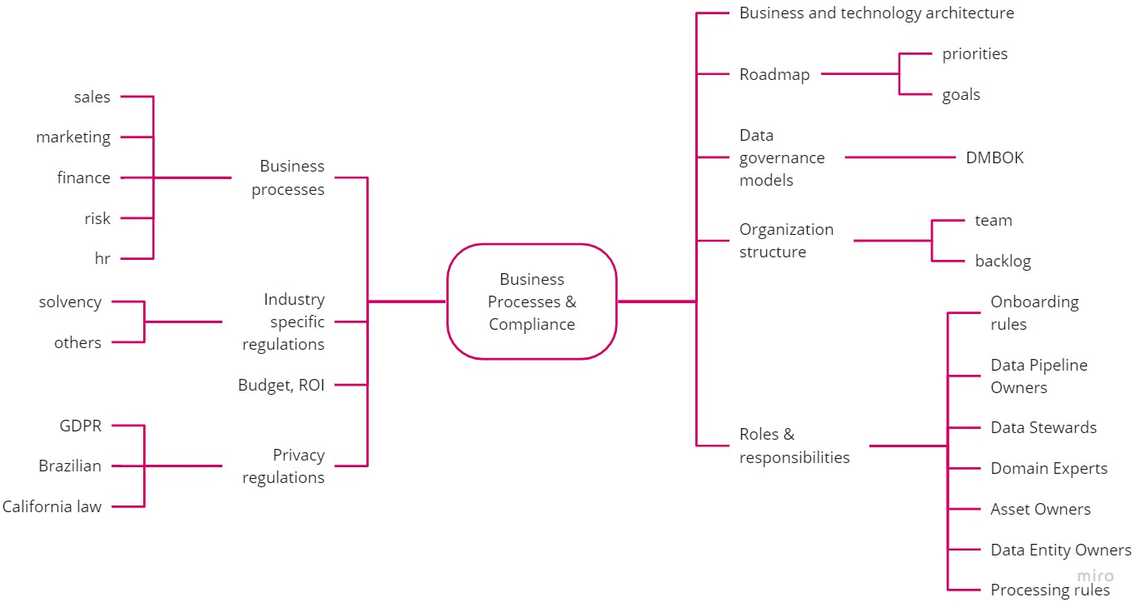
Introduction to data governance for engineers
Here’s my video about the topic recorded at Big Data Conference 2020
Table of contents:
- Introduction
- Data Governance From an Engineering Perspective (this post)
- The Alter Ego of Data
- Tools in the Data Management Zoo
- With Data Comes Responsibility
- Physical system
- Databases and storages
- Integration & synchronization
- Security
- Infrastructure
- Automation & orchestration
- Consumption
- DevOps
- Data models
- Data modelling techniques
- Data catalog
- Business glossary
- Data exploration
- Master data management
- Data quality
- Visualizations
- ML models
- Compliance
- Roles and responsibilities
- Data quality
- Business processes & Compliance
- Business processes
- Industry specific regulations
- Budget, ROI
- Privacy regulations
- Business and technology architecture
- Roadmap
- Data governance models
- Organization structure
Related Posts
Other projects

